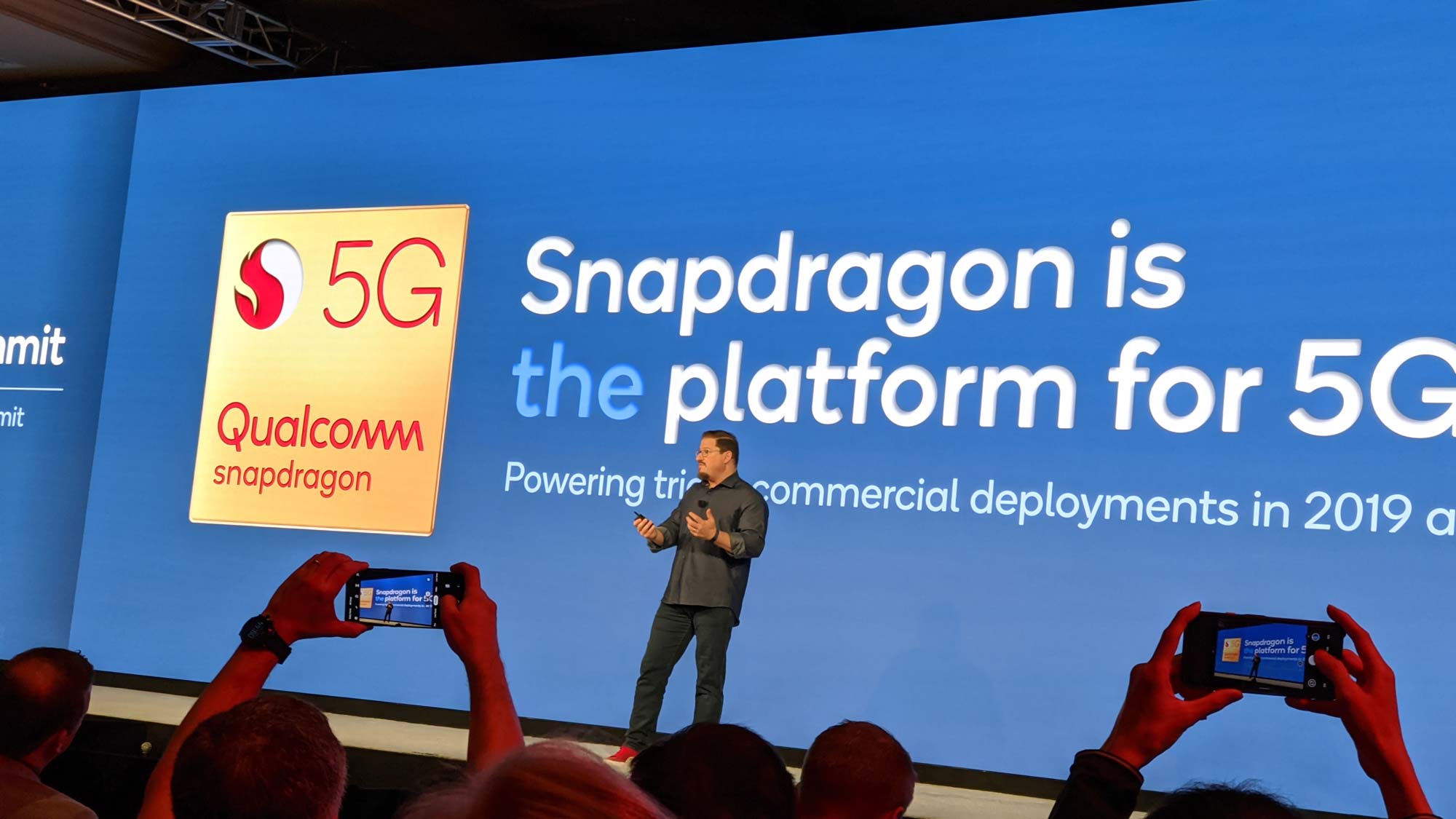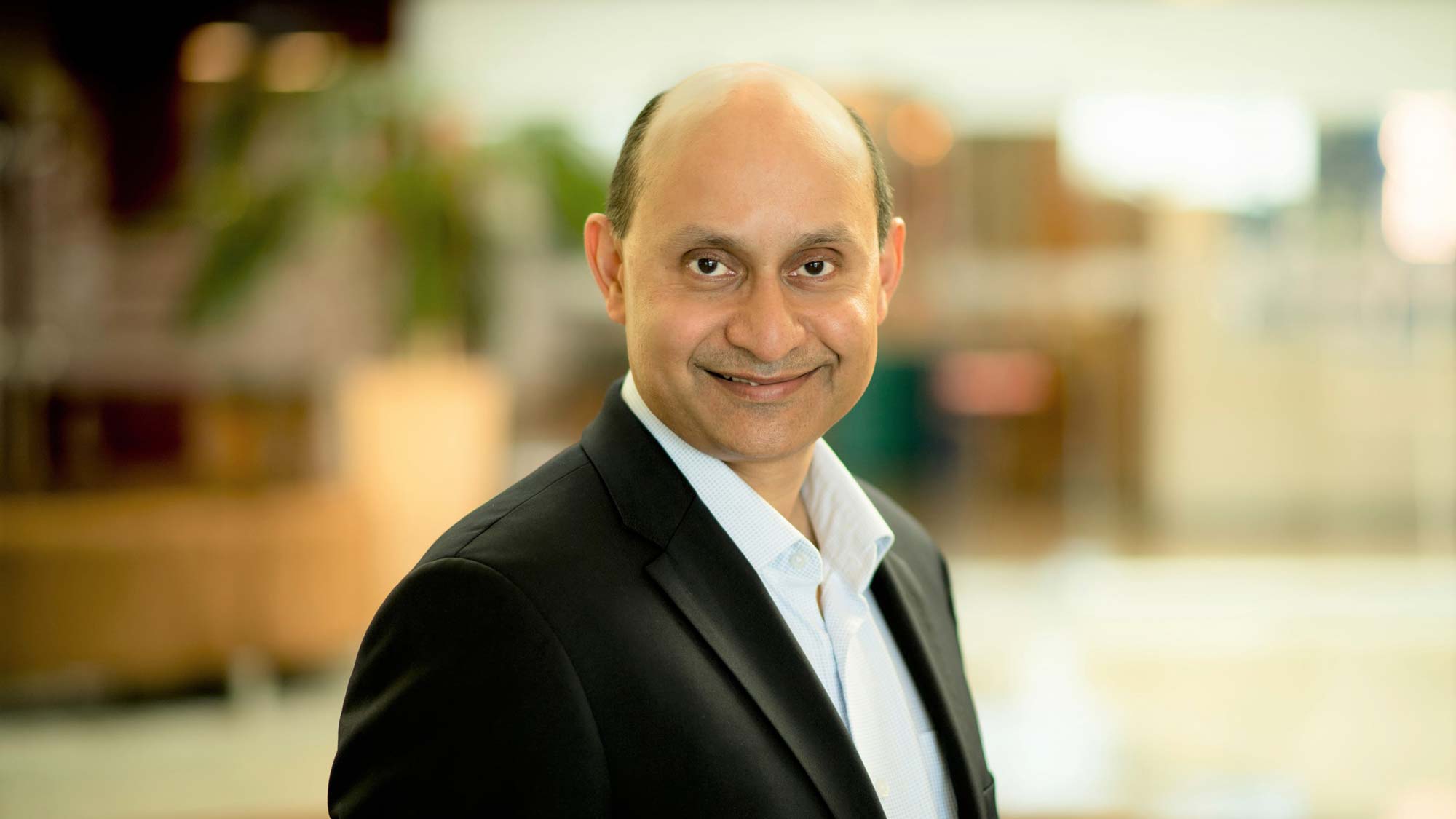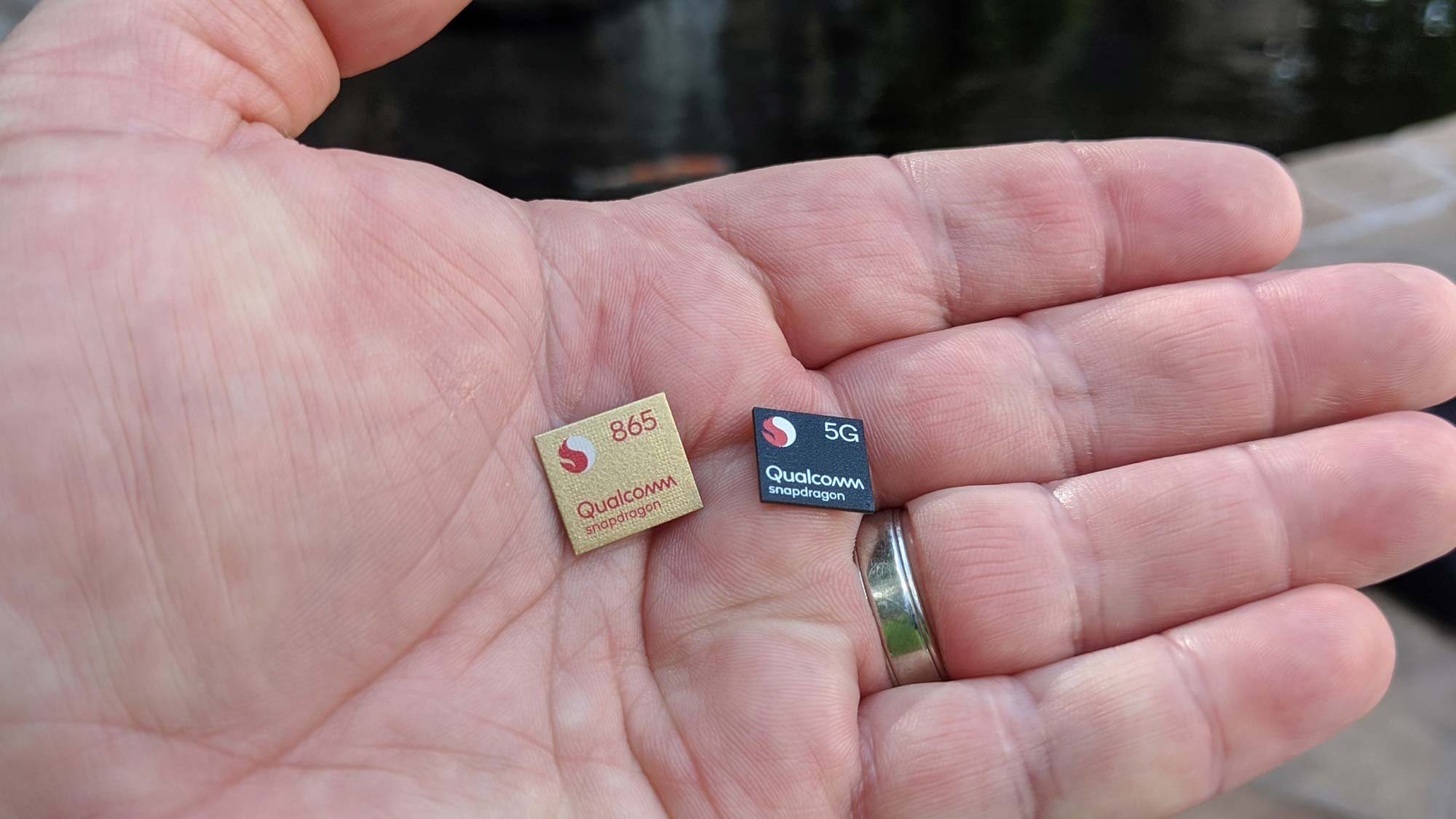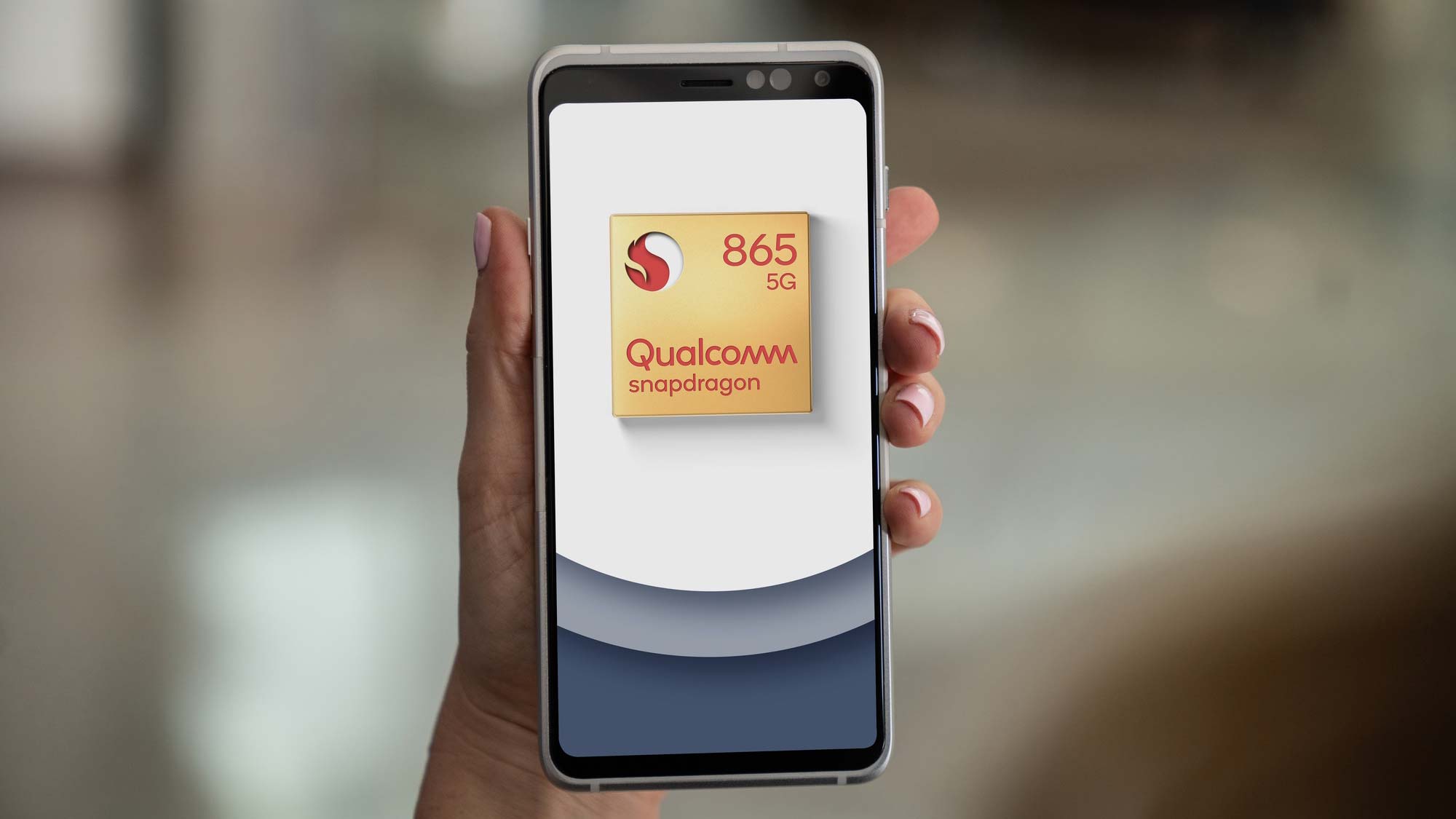Qualcomm: Here is where 5G is going in 2020
5G launched in the U.S. in 2019 — but what happens next?

Few companies have been as involved in defining 5G as Qualcomm. As the maker of the processors and modems that enable mobile devices to take advantage of 5G's faster speeds, Qualcomm has spent the past year working with both phone makers and wireless carriers around the world to make sure that 5G speeds become a reality.
With Qualcomm hosting its annual tech summit this past week in Hawaii, it seemed like a good time to check in with Durga Malladi, Qualcomm's senior vice president and general manager for 5G, about the status of 5G at the end of a busy year, what we can expect in 2020, and how Qualcomm's newly unveiled Snapdragon 865 and 765 processors fit into those plans.

Tom's Guide: I wanted to ask for your assessment of how you think the 5G rollout is going so far given where we are.
Durga Malladi: I think if you were to just take a look at what we said last year about 2019 being the year of 5G, well that's certainly the case. It's gone as expected, if not better, with launches in North America, in several countries in Europe, in South Korea, in Australia and China, which also ended up launching 5G a little ahead of [schedule]. The initial expectation was that this was primarily going to be in the fourth quarter of the year, but actually the launches started about within the third quarter of the year itself.
If you take a look at these different regions — and we had pre-commercial launches in Japan as well — so net net, if you kind of step back from the situation, you say, "It's pretty good, actually."
TG: What about people who say "5G is on a few blocks here, but not a few blocks here," or "The speeds are pretty good or good but not as good as advertised”?
Malladi: I would actually say that if you look at the millimeter-wave bands that were used by, let's say Verizon — if you take a look at the kind of speeds that you get wherever Verizon has coverage — I think the speeds are absolutely astounding and the coverage, you know, that people are extremely happy with the speeds.
Sign up to get the BEST of Tom's Guide direct to your inbox.
Get instant access to breaking news, the hottest reviews, great deals and helpful tips.
I think the question that usually comes up is "Can I get the same speeds everywhere else?" I mean, that's not so much how 5G is, it's more about "Can I get 5G everywhere?" Which then dovetails into the next step that is happening as we speak. And that is nationwide 5G, trying to get a combination of both coverage and capacity using the high bands — millimeter wave for capacity — and the low bands for coverage so that you have ubiquitous 5G coverage. And depending upon the kind of band that is being used, you might get an extremely high data rates or you might get some reasonable data rates. And keep in mind, you still have gigabit LTE as a backbone on top of that.
So nationwide 5G using FDD, using these FDD bands, is the next step. This combination — and it's important to understand that you need both sub-6 GHz and millimeter wave for 5G to be real. Real 5G is actually made up of all of the above, not just one band or the other. So that's what we are eagerly looking forward to in 2020, not just in the U.S. but everywhere in the world.

TG: What role is the Snapdragon 865 going to play in the proliferation of 5G?
Malladi: The way we have constructed Snapdragon 865, which has our X55 5G modem, it is the most capable platform right now in the sense that it covers practically every single band that you need for 5G. It doesn't matter what band it is, whether it's below 6 GHz or in millimeter wave, whether it's FDD or TDD band, whether it's non-stand-alone or stand-alone mode. It is the most capable platform. OEMs can rely upon that platform to go and launch anywhere in the world. And that actually makes it very compatible.
TG: Will every phone that uses the Snapdragon 865 be a 5G phone, or is that a decision of the phone makers?
Malladi: Well, let's say that every 865-based device is going to be 5G-capable. It's a matter of whether the networks have been turned on or not.
TG: Snapdragon 765 is pretty significant in the 5G story as well. What will that mean in terms of the availability of 5G-ready devices in 2020?
Malladi: This is one of the things that is happening much faster than it ever happened in 4G. And that is, we are taking 5G down the tiers much faster in addition to adding more features and more capabilities to the high tiers. We're also bringing it to the other tiers as well.
And at the same time, we're having a disciplined approach of making sure that we still check all the boxes, we still cover all the bands, we still cover milliliter wave, we still cover sub-6 FDD and TDD. That allows us to be as diverse in our offering as possible. So from an OEM standpoint, you can start now creating different categories of 5G devices and, we think, from an OEM standpoint, now you can give a diverse set of solutions. There is a premium offering, there is a mid- to high-tier kind of an offering with that. That makes 5G go everywhere. Every person will be able to get some kind of 5G [device].

TG: There's been talk about how 5G is going to usher in this era of super apps where the OS is is less important. Can you spell out that vision for us?
Malladi: I think this is one of the trends that is already happening. For example, you could live in an app and then everything that goes from there, everything is still integrated into the app in itself. You might be in an app and you want to actually then take a quick picture. But you don't necessarily go back to your device and click the camera over there; you might actually open up the camera from within the app. You could do similar things with so many other [tasks], whether it's a voice call or something else. So that's what we define as a super app. You live your world inside that app. It's a very different kind of a phenomenon than we have experienced before. But...using our [Snapdragon] 865 platforms because of the level of integration, it actually allows app developers to start thinking about what are the different things that I can do. That's what we're actually working closely with in the ecosystem with this space.
TG: When we're sitting here next year, where will we be? What is the 5G goal for 2020?
Malladi: Just based upon the predictions that we made, I hope that we actually are in a position here working so closely with so many different geographies, so many different OEMs, I hope that we will see 5G become more mainstream and nationwide in all the regions where it's already been launched in addition to new areas, new countries, where 5G is going to be launched. So that's one thing that I really am hoping that will happen.
The second thing is the emergence of new kinds of devices that will have 5G — for example, 5G-based laptops, the beginnings of 5G-based XR devices. These are the kinds of things that we are working very hard on, but we hope to see that happen by this time next year. Just think about it — last year at this time, we were still fine-tuning millimeter wave in our test devices. And here we are today. I have two millimeter-wave devices and it's actually the fact that we have that coverage over here, it's quite something. I hope to do exactly the same thing next year.
Philip Michaels is a Managing Editor at Tom's Guide. He's been covering personal technology since 1999 and was in the building when Steve Jobs showed off the iPhone for the first time. He's been evaluating smartphones since that first iPhone debuted in 2007, and he's been following phone carriers and smartphone plans since 2015. He has strong opinions about Apple, the Oakland Athletics, old movies and proper butchery techniques. Follow him at @PhilipMichaels.

